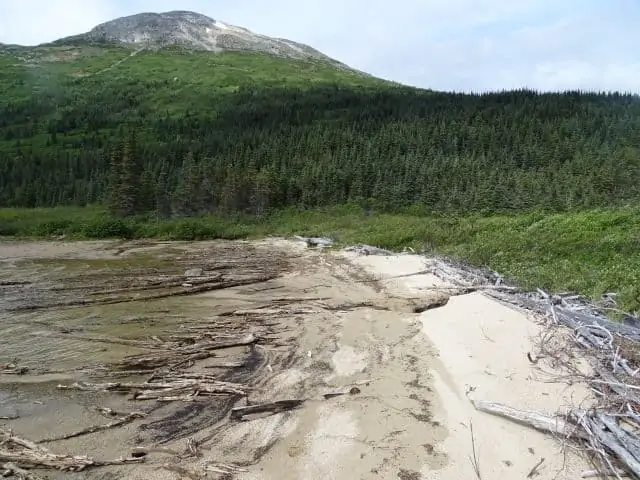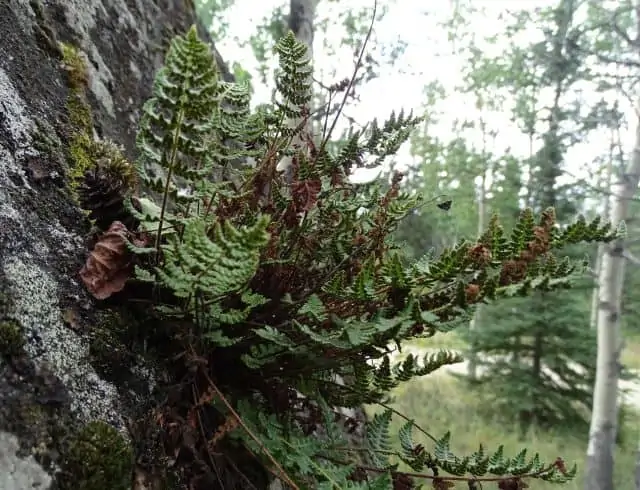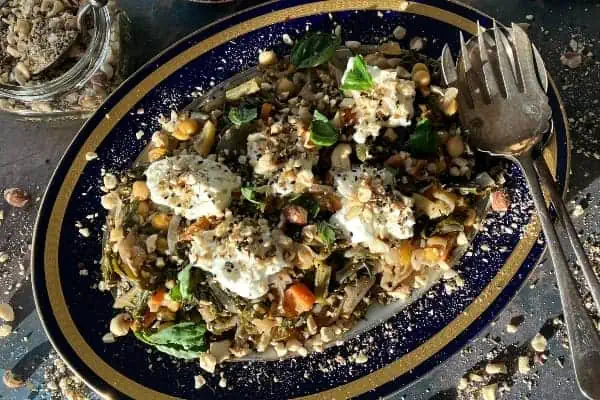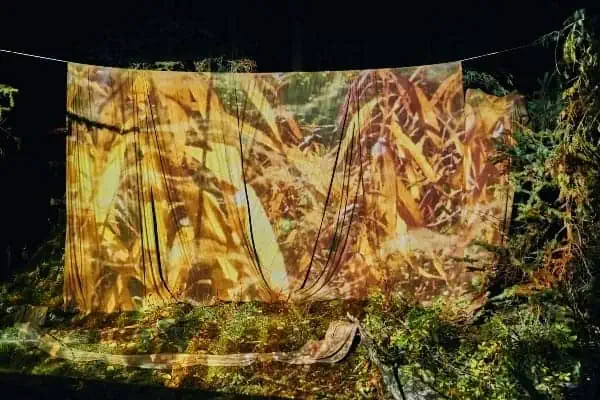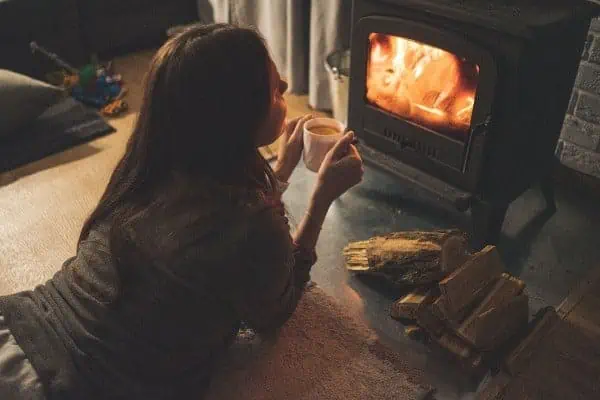[one_half]
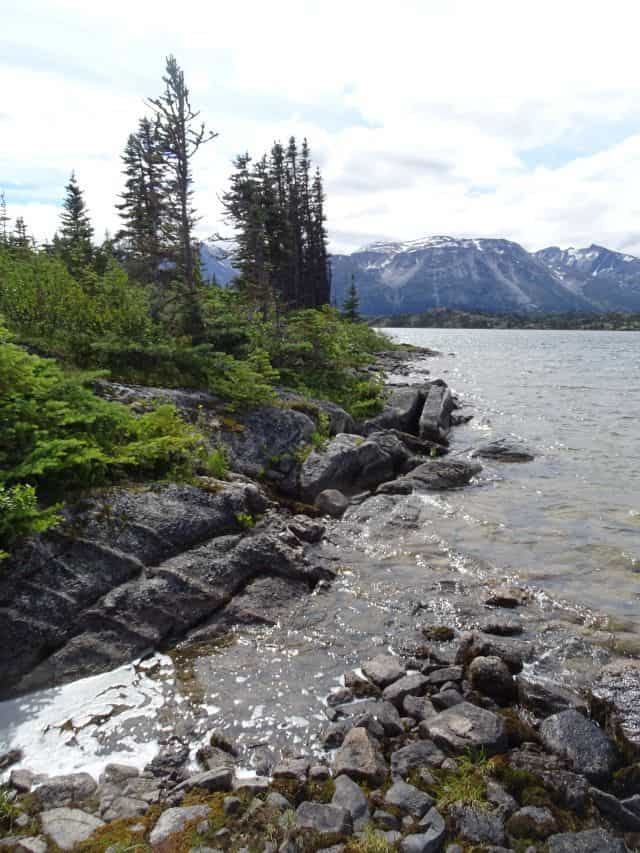
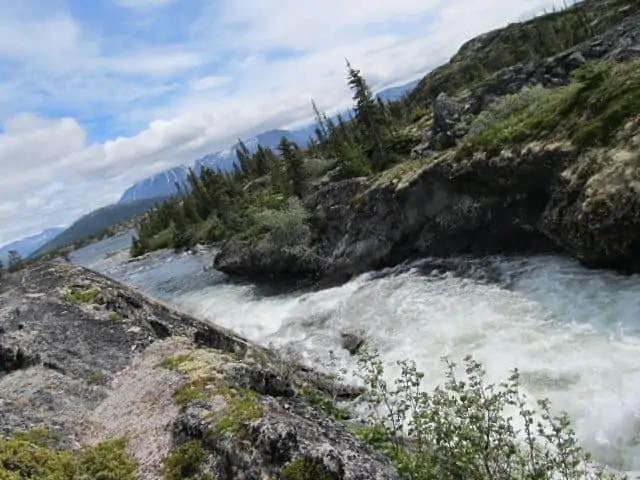
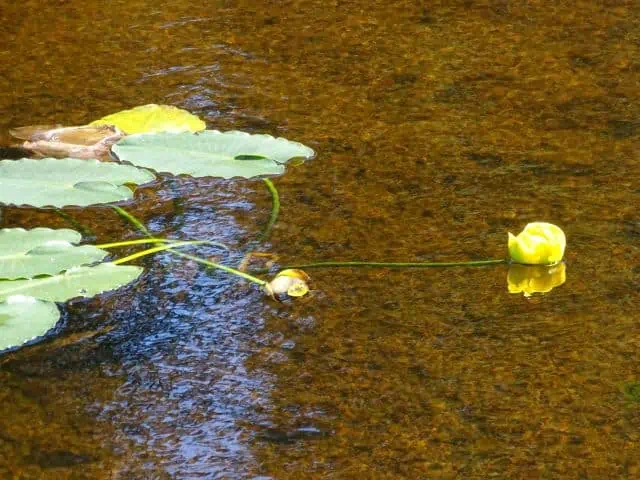
[/one_half]
[one_half_last]
The landscape east of the Klondike Highway, between Log Cabin and Fraser, B.C., is a giant jigsaw puzzle of water and rock. Large, round rocky outcrops are surrounded by water, with scattered vegetation growing in-between the rocks.
This is a very good place to do some exploring in both winter and summer. In the winter, when snow makes travel much easier, the possibilities are endless. In the summer, I dream of taking a small boat, paddling on as many lakes as I can, portaging from one to the next. But for this story, hiking and botany it is. I bought a wonderful topographic map for the Chilkoot Trail, at Mac’s Fireweed Books, which I found helpful to explore this area.
In July, a friend and I drove to Log Cabin and parked our car at the big parking lot. Then, with map in hand, we followed the railroad tracks to a no-name lake between Maud and Shallow lakes. We chose this no-name lake because it looked like we could just step off the tracks and onto the shoreline, not far from the parking lot. Not so! It was a steep scramble through a thick tangle of conifers. From deep below I heard laughter, and my friend called up, “I’ve made it down but I’m standing in ankle-deep water, with no beach in sight!” But by then I was in the thick of it and I was in my element, and even though I was still struggling with trees, I already saw many interesting plants on the forest floor. Interesting to me because the vegetation here is different from what I am used to, closer to home, west of Whitehorse.
I have been studying Yukon wildflowers for years, and talking to a fellow enthusiast, recently, we realized that, while knowing that different plants grow in different habitats and have different ranges, we both had an assumption that the mountains I climbed, regularly, west of Whitehorse, had basically the same flowers as the mountains he climbed farther east of Whitehorse. What I learned, however, is that every plant has its own unique necessity to grow and to bloom.
For some, like spruce trees, those requirements are broad; but for others, they are extremely narrow. This is not just from one mountain to the other, but even from one metre to the next.
Let me give an example: Last week, before snowfall, I climbed up the small mountain immediately north of Mendenhall. I have done this climb many times. However, as the exposed bedrock was slick from ice, I took a slightly different path, going in between the rock slabs, rather than walking on top of them. I noticed some ferns that I couldn’t quite place. With the help of Bruce Bennett, who is on the inaturalist.ca website, it turned out to be a rare fern: Woodsia scopulina. I didn’t even know this rare fern grew on “my” mountain. I love the mystery of it all.
Back to the jigsaw of water and rock: navigating dry land, through the marshy area, we found the lake we were aiming for. When we reached it, we found that there was a lovely sandy beach. And from there we reached the rock outcrops, climbing up and down, circumventing small ponds and lazing around. In a few hours of joy, we actually didn’t get very far, but I did see a lot of flowers that do not grow around Whitehorse. The rock outcrops themselves had a delightful carpet of reindeer lichen, low-bush cranberries and Alpine azalea (Kalmia procumbent). The first two are common throughout the Yukon, but the latter is common enough in Alaska and B.C., although it basically skips the southern Yukon. In the water, it was a similar story for the large yellow pond lilies that we came upon in one of the ponds closer to the highway. We also found fringed Grass-of-Parnassus, with big and abundant orchids and bright-blue asters.
There is always so much more to learn, so much more to explore, and the jigsaw puzzle of it all is never quite finished.
[/one_half_last]

